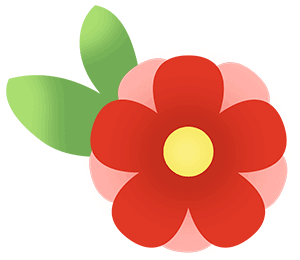What effect does light have on flowers? Understand these points to make flowers grow faster and better
Yesterday a friend asked me whether or not to expose the flowers he grew to the sun. To be honest, this is indeed a question that novices in growing flowers will have. If they expose the flowers to the sun, they are afraid that they will die, but if they don't, their growth will not be good.
In fact, if you want flowers to grow well, it is very necessary to expose them to the sun.
Light is one of the important factors affecting the growth and development of flowers. It is a necessary condition for the survival of green plants and the source of life for plants.
If plants lack light, they will not be able to carry out photosynthesis, which will result in the plants having no material source and material guarantee for growth and development.
Therefore, flowers must ensure that they have enough light. Of course, the amount of light that is "enough" here varies depending on the nature of the flower. Below we will explain in detail the light intensity, light duration and light quality.
1. The influence of light intensity on flowers
The light intensity in different geographical locations is constantly changing. Generally speaking, the light intensity decreases with increasing latitude and increases with increasing altitude. The sunlight intensity is the highest in summer and the lowest in winter. Different flowers have different requirements for light intensity.
(1) Positive flowers.
Most of the flowers and fruit-viewing flowers are positive flowers. Commonly grown flowers at home include roses, pomegranates, plum blossoms, magnolias, osmanthus fragrans, figs, etc.
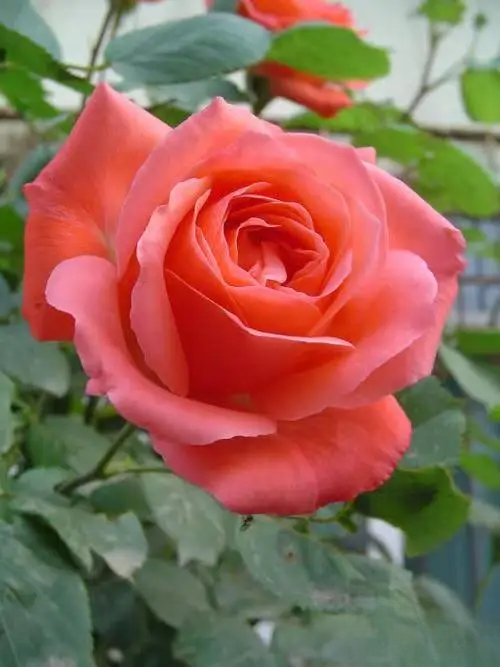
There are also a few positive flowers among foliage flowers, such as cycads, poinsettias, etc. Most aquatic flowers, cacti and succulents are also positive flowers, such as cacti, aloe, lotus, and half-branch lotus.
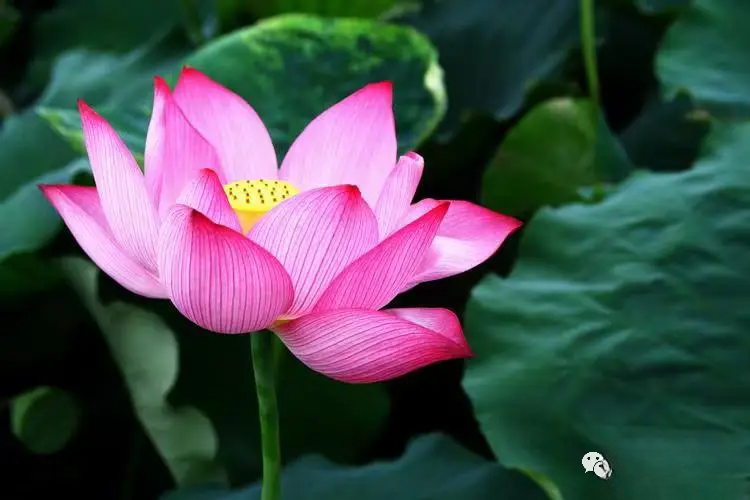
All positive flowers need sufficient light. They prefer strong light and can only grow and develop normally under full light conditions.
If there is insufficient sunlight, it will easily cause the branches and leaves to become soft and weak, the leaves to turn yellow, and it will be difficult to bloom or bloom poorly.
(2) Negative flowers
Some foliage plants and a few flowering plants belong to this category, such as asparagus fern, camellia, hosta, green ivy, dieffenbachia, ivy, gloxinia, monstera, begonia, etc.
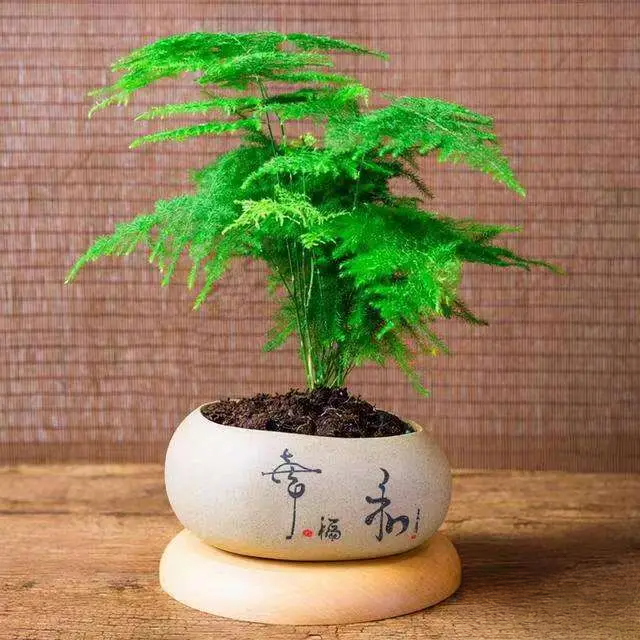
There are also ferns and orchids. These flowers need less light and cannot grow in an environment with strong light. They like to grow in an environment dominated by diffuse light, and a shade degree of about 50% is sufficient.
If these flowers are exposed to strong light for a long time, their branches and leaves will quickly turn yellow, their growth will slow down or stagnate, or even die.
(3) Neutral flowers
Like Clivia, Chlorophytum, Hibiscus, Calla Lily, Carnation, Hibiscus and so on.
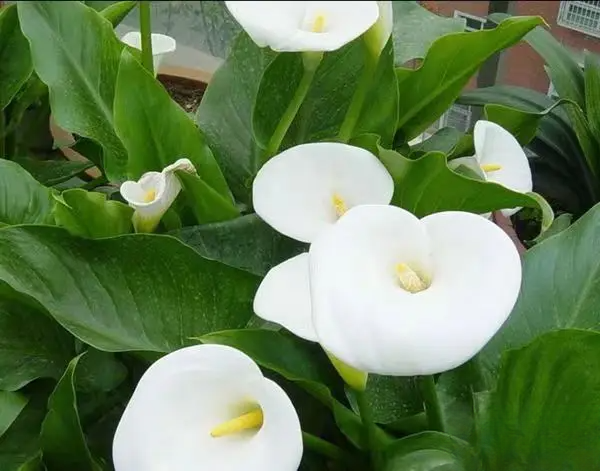
This type of flower does not like strong light, but can tolerate some shade. It only needs a little shade when the light intensity is high in summer.
2. The influence of light length on flowers
According to the different requirements of different flowers for light length, flowers can be divided into the following three categories.
(1) Long-day flowers
Long-day flowers are generally positive flowers, such as jasmine, pomegranate, lotus, impatiens, bellflower, etc., and there are also some neutral flowers, such as violets and other plants.
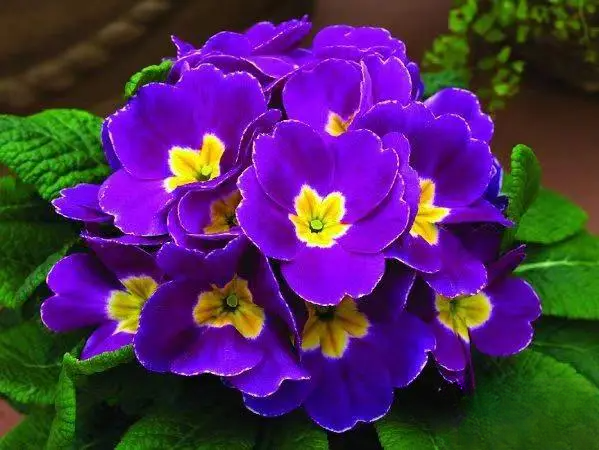
This type of flower needs 12 hours of light per day. Only with this length of light can the flowers form flower buds and bloom normally.
(2) Short-day flowers
Some flowers that bloom in autumn and winter are short-day flowers, such as salvia, poinsettia, chrysanthemum, hydrangea, and Christmas cactus.
These flowers need less than 12 hours of sunshine a day. In the long-day environment in summer, they often only grow but do not bloom.
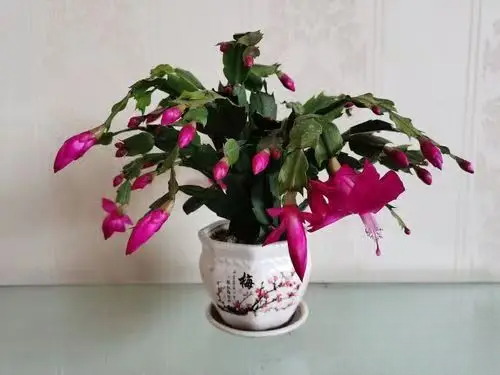
It blooms only when the sunshine hours are less than 12 hours in autumn. If there are only 8 to 12 hours of sunshine per day during the growth period, it can speed up their growth and bloom earlier. Its origin is mostly tropical and subtropical.
(3) Day-neutral flowers
Such as roses, cycads, asparagus, calla lilies, geraniums, etc. The flowering of these flowers has nothing to do with the intensity of light. As long as the temperature is suitable, they can bloom all year round.
3. The influence of light quality on flowers
Light quality refers to the composition of light, namely the seven colors of visible light (red, orange, yellow, green, cyan, blue, and violet) and ultraviolet and infrared rays.
Red and orange light promote photosynthesis, which is beneficial to plant germination and growth. Blue-violet light and ultraviolet light are the main light energy for the formation of flower pigments. Ultraviolet light also has the effect of inhibiting the elongation of flower stems; infrared light has the effect of promoting the elongation of flower stems.
When we grow flowers indoors in winter, we will find that the leaves of the plants are lighter in color, the flower stems are elongated, and the flowers are not bright in color.
This is because the amount of ultraviolet rays that enter the room is blocked by glass windows and is relatively small, while infrared rays enter the room.
According to the above introduction, we can know that every plant needs sufficient light, but sufficient light is relative to different plants. Different plants require different light intensity, duration and quality. As long as the light meets their own growth and development, it is sufficient. Don't think that sufficient light means strong light exposure every day.
We need to choose different light according to the characteristics of different flowers, so that we can grow flowers well.
